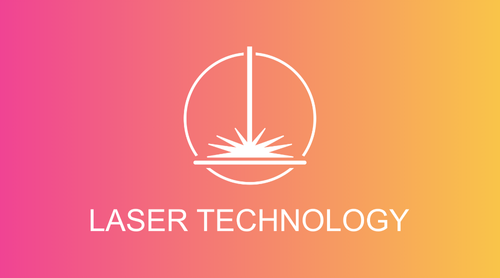Why does laser cleaning make that “sci-fi” sound?
During laser cleaning, you often hear a distinctive, futuristic noise — a kind of crackling, hissing, or humming. These sounds don’t come from the laser itself, but from the physical interaction between the laser pulses and the material surface.
Here’s what happens:
-
The laser emits ultra-short energy pulses in the nano- or picosecond range.
-
These pulses hit the layer of dirt, oxide, or rust on the surface.
-
The layer heats up extremely quickly and either vaporizes or is removed through microscopic explosions.
-
These reactions generate pressure waves in the air, which are perceived as sound.
Sound characteristics depend on process parameters:
-
At lower pulse frequencies, the sound tends to be more of a crackling or popping noise.
-
At higher frequencies, it becomes a humming or hissing tone.
Large or resonant surfaces (such as metal sheets) can amplify these acoustic waves, giving the process its characteristic “sci-fi” sound.
In summary:
The noises produced during laser cleaning are the acoustic signature of the material removal process. They can provide valuable insights into process conditions — and current research is exploring how these acoustic signals can be used for real-time process monitoring and quality control.
Why does laser cleaning make that “sci-fi” sound?
During laser cleaning, you often hear a distinctive, futuristic noise — a kind of crackling, hissing, or humming. These sounds don’t come from the laser itself, but from the physical interaction between the laser pulses and the material surface.
Here’s what happens:
-
The laser emits ultra-short energy pulses in the nano- or picosecond range.
-
These pulses hit the layer of dirt, oxide, or rust on the surface.
-
The layer heats up extremely quickly and either vaporizes or is removed through microscopic explosions.
-
These reactions generate pressure waves in the air, which are perceived as sound.
Sound characteristics depend on process parameters:
-
At lower pulse frequencies, the sound tends to be more of a crackling or popping noise.
-
At higher frequencies, it becomes a humming or hissing tone.
Large or resonant surfaces (such as metal sheets) can amplify these acoustic waves, giving the process its characteristic “sci-fi” sound.
In summary:
The noises produced during laser cleaning are the acoustic signature of the material removal process. They can provide valuable insights into process conditions — and current research is exploring how these acoustic signals can be used for real-time process monitoring and quality control.


